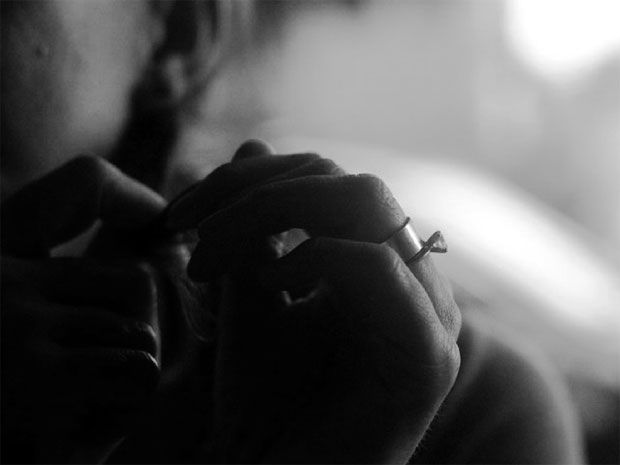On Kant, aesthetics, and consumption.

 I’ve been bantering back and forth with designers about aesthetics in design, via this fascinating discussion. Someone suggested that if aesthetics is so important (which it is), then design students should study the philosophical origins of aesthetics. I completely agree (why isn’t this already a given in design education? – !!).
I’ve been bantering back and forth with designers about aesthetics in design, via this fascinating discussion. Someone suggested that if aesthetics is so important (which it is), then design students should study the philosophical origins of aesthetics. I completely agree (why isn’t this already a given in design education? – !!).
Inspired, I started reading more and found this by the wonderful, prolific Denis Dutton:
While evolutionary psychology may have a capacity to shed light on the existence of art and art’s persistent qualities, it cannot pretend to explain everything we might want to know about art. In particular, there is an aspect of Kant’s aesthetics that ought to be borne in mind when discussing evolutionary psychology in an aesthetic context. Kant distinguished what he called the agreeable from the beautiful. The agreeable are the straightforward subjective sensations of things that we like in direct experience: the taste of sweet, for example, or the colour blue. The pleasurable experience of such sensations, Kant held, contains no intellectual element: it is a brute feeling, often seeming to satisfy a desire (such as hunger), and as such must be carefully distinguished from the experience of the beautiful, in which the imagination combines with rational understanding in the experience of an imaginative object. For Kant, the disinterested experience that characterizes the proper regard for art is cut off from desires — the beautiful object is contemplated or observed, it is not used or consumed. Works of art, especially of fine art, therefore engage the higher faculties, and the pleasures they afford are of a different order than sexual or gustatory sensations of pleasure.
“The beautiful object is contemplated or observed, it is not used or consumed.” What does this mean for design as most of us practice it? Pondering….